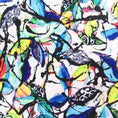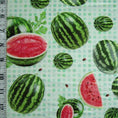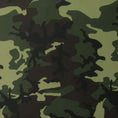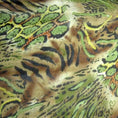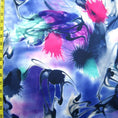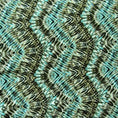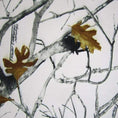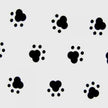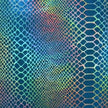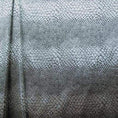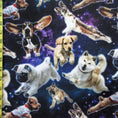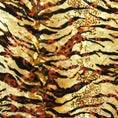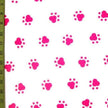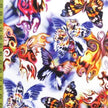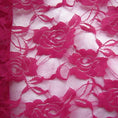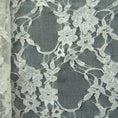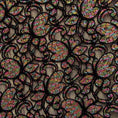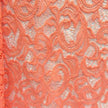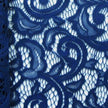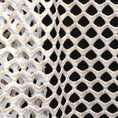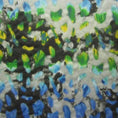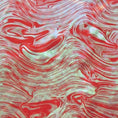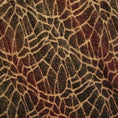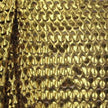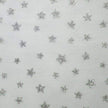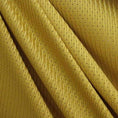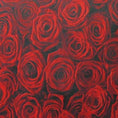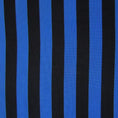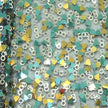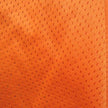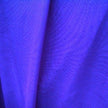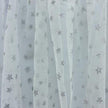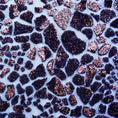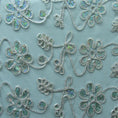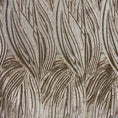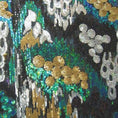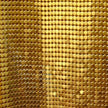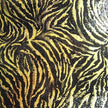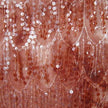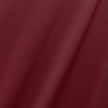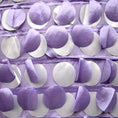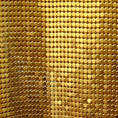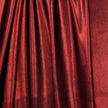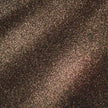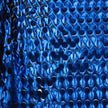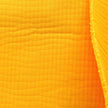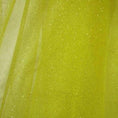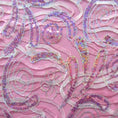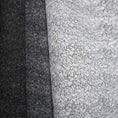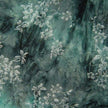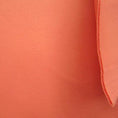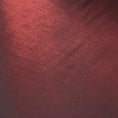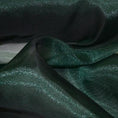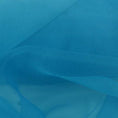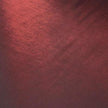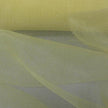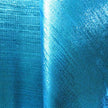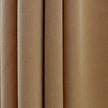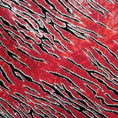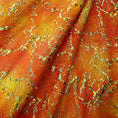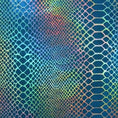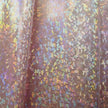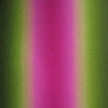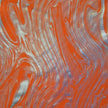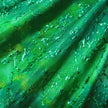- No products in the cart.
6 Easy Ways to Use Lace in Your Next Sewing Project
08
May
It’s no secret that lace is a fabulously underused fabric.
Solid yet transparent; strong yet delightfully delicate - what a wonderful fabric lace is! A well-designed and produced lace fabric is a dream come true for any designer and sewing enthusiast. Any doily or clothing made with a piece of fairly good-looking lace fabric is poised to look and feel fancy, elegant and classy.
The good news is that lace fabric doesn’t just look stunning as a stand-alone, there are also several different ways to use it to create beautiful garments. We’ve listed 6 easy ways to get started below:

First, the Basics - What is Lace Fabric?
Lace is an ornate, fancy-looking delicate fabric that’s made of either thread or yard to form an open weave pattern. In the bygone era, lace was usually made by hand. However, today, fancy lace fabrics like guipure lace are produced using cotton threads, or sometimes silk and linens threads. It’s not uncommon for manufactured lace fabric to consist of synthetic fiber.
6 Ways to Use Lace Fabric
Lace is a fancy, versatile fabric that can be used to make year-round fashion. Sophisticated, feminine and luxurious, lace fabric can add a touch of class and pizzazz to any clothing.
Lace Applique
If you are looking to add something extra to your piece, add some flower lace or motifs as appliques. This will definitely make your project stand out. It’s an easy way to add the fancy designs of lace to your clothing of choice.
The question then becomes: how do you add lace to your project of choice? You can simply sew the lace directly onto the fabric you’re working with – check out our tips in the next section for best practices. In addition to sewing the lace on as a standard applique, consider adding a reverse lace applique. It’s just what it sounds like: sew your lace on the bottom of your base fabric, and cut away to reveal the hidden lace. This may prove to be more difficult, but certainly provides a unique look!
Patch Denim with Lace Fabric
You can cut your lace fabric into desirable pieces and patch them on the denim. Even better, you can add lace fabric trims on the seams of the denim to make your garment longer and more stylish. The easiest way to try this out is by using a pair of ripped jeans, and applying lace to the pre-made holes.
The beauty of denim and lace lies in the fact that you are bringing two contrasting worlds together - the light, airy touch of lace and the thick, tough elements of denim. It’s truly a match made in heaven!

Line the Lace Fabric with Silk, Linen, etc.
Anything goes when it comes to lining a superbly made lace fabric. Whether guipure lace, sequin lace or any type of lace fabric in between, you can add a contrasting color fabric. If done creatively and properly, the color of silk, linen or fabric lining of your choice will pop underneath. The allure of lining lace fabric is that it allows you to take a peek at the color, style, and beauty of whatever fabric is underneath.
To sew something interesting and fab, make sure to use a great quality fabric, most preferably silk or satin. They will look amazing and fancy if the fabric will be visible through the openings of the lace.
Add a Beautiful Lace Fabric to Sleeve Hem
If you want to make your sleeved shirt, sweater, or other top *pop*, adding a lace fabric is just what the doctor prescribed. Simply choose a lace fabric that will complement your garment. You can never go wrong with floral lace or crochet lace.
This is the quickest way to add lace to your top – and a great way to turn old clothing into something new and fun!

Add Lace Fabric Sleeves
Adding lace to your sleeve hems can look uniquely awesome. But why not create sleeves from lace fabric and add them to your garment? This is an absolutely fantastic way to add the classy touch of lace to clothes.
You can add a sleeve completely made of lace or add lace to portions of the sleeve: it’s your call. A sequin or guipure lace pattern can work perfectly here, too. When buying your fabric by the yard, make sure you have enough length - and ensure that your sleeves and the garment don’t clash in terms of style and color.
Make a Lace Extender Slip
A slip made of a lightweight and luxurious lofty lace fabric will add some length and beauty to your dresses and skirts. Here is a handy article explaining how to make a stunning-looking and sturdy lace extender slip.
Tips for Sewing Using Lace Fabric
While it’s fun and exciting to sew using lace fabric, it can be a little intimidating. Here are some tips to help you get the right results when sewing using lace fabric:

Avoiding Cut Seams
This quite common when sewing using a delicate lace fabric. The trick is to go narrow and employ a zig zag stitch.
Use a Firm Fabric
If your lace gets eaten up by the feed of your sewing machine, your project can turn into one huge nightmare. If this is the case, the answer is to buy a firmer fabric and use it at the beginning of sewing before moving on to the actual lace.
Skip Back-stitches During Start and Finish of the Seam
If you aren’t careful when back-stitching a lace, the fabric can end up getting caught in the feed dogs. To avoid this, skip the first and the last back-stitches.
Use Double Stitches at the Seams
Add another straight stitch near the seam stitch to not only add strength to your clothing but also stabilize the seam allowance.

How to Care and Wash Lace Fabric
- Don’t tumble dry or hand wring clothes or garments made with lace fabric.
- It’s best to hand wash your clothes or linen made with lace fabric in cold or lukewarm water (unless stated otherwise on the label) using a mild detergent.
- Don’t scrub or rub the fabric vigorously. Instead, use gentle plunging action.
- Lay flat to dry, and keep out of direct sunlight.
- Use a mesh lingerie or laundry bag when washing extra delicate lace items.
- Don’t mix with clothes with zippers or buttons. They will snag and destroy your fabric beautiful patterns.
Regardless of how you decide to incorporate lace into your next project, it's sure to look more upscale and unique. And while sewing lace can be tricky at first, practice makes perfect! Be sure to buy some extra fabric to play around with before you start your project - that's the best way to determine how your particular sewing machine reacts to a light, delicate fabric like lace. Happy sewing!



